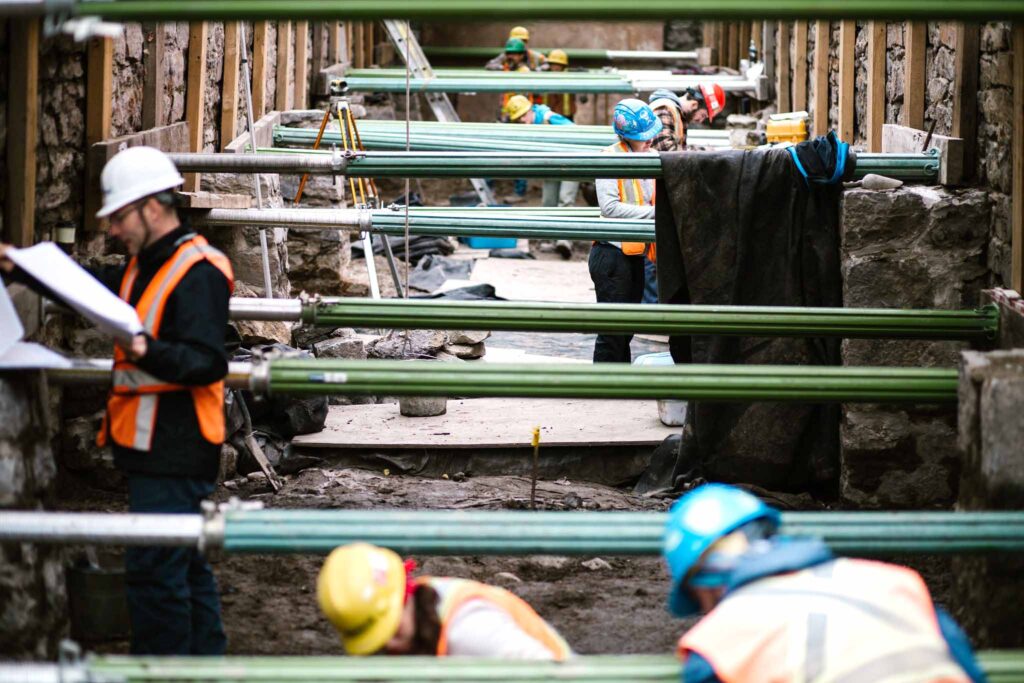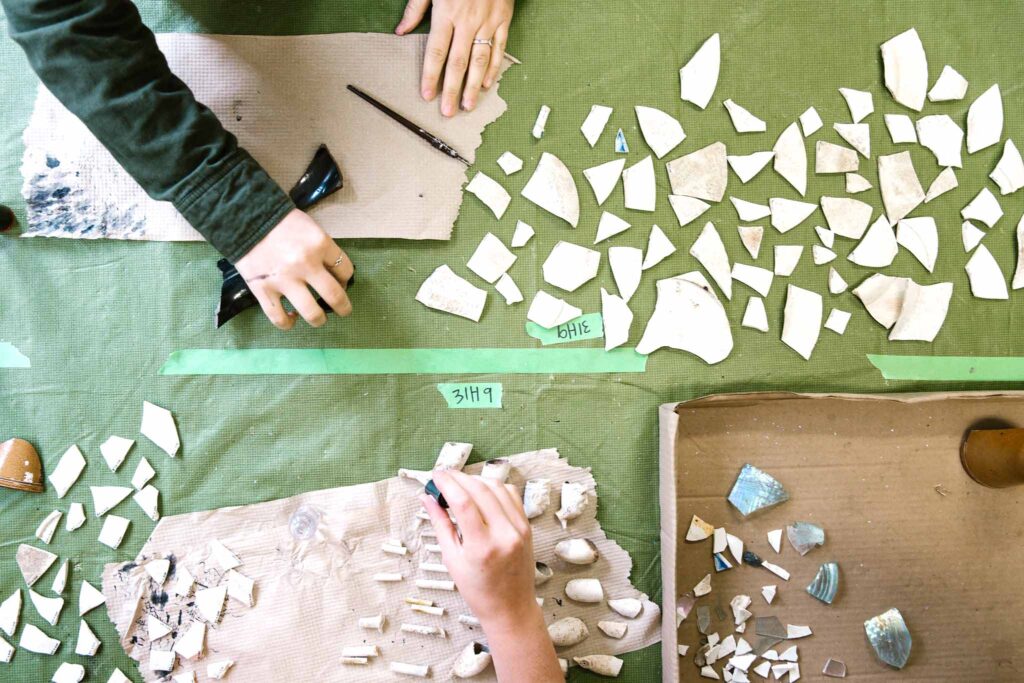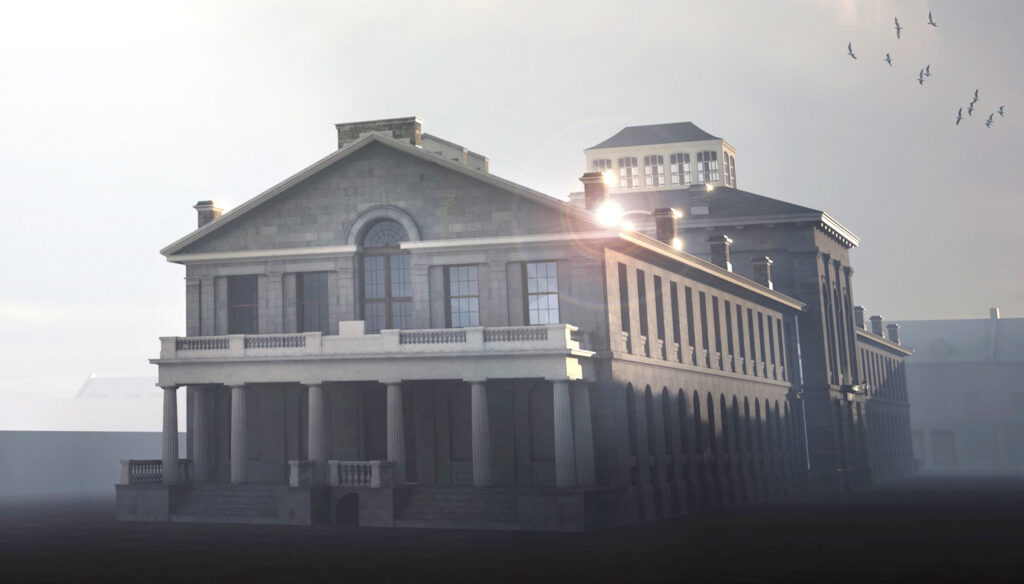In 1844, Montreal was selected to be the Province of Canada’s first official capital. Members of parliament met in the newly renovated former St. Anne’s Market, the city’s largest civic building.
Progressive policies enacted during that decade angered Tories, who burned down the building in 1849, ending Montreal’s status as the capital and consigning the building to the realm of the archaeological record.
In the distressed world of archaeological remains in urban environments, the preservation of this parliament’s remains stands out as an implausible oddity. The conditions that led to it are multiple and, in hindsight, appear accidental and altogether improbable.


For our Pause-Midi presentation of April 17, Hendrik Van Gijseghem examined the parliament’s remains and presented highlights from more than a decade of archaeological research on the site.
Hendrik Van Gijseghem attended the University of Montreal, then earned his Ph.D. at the University of California in Santa Barbara. He has taught anthropology and archaeology in Canadian and U.S. universities Since 1995 he has practiced archaeology in diverse research programs in Québec and the Peruvian Andes. Since 2017 he has been project manager in archaeology and history at Pointe-à-Callière in Montreal.
The presentation was in English.
Watch the video of the Zoom presentation here.
Cover image: The Burning of the Parliament Building in Montreal (1849), unsigned, courtesy McCord Stewart Museum.

